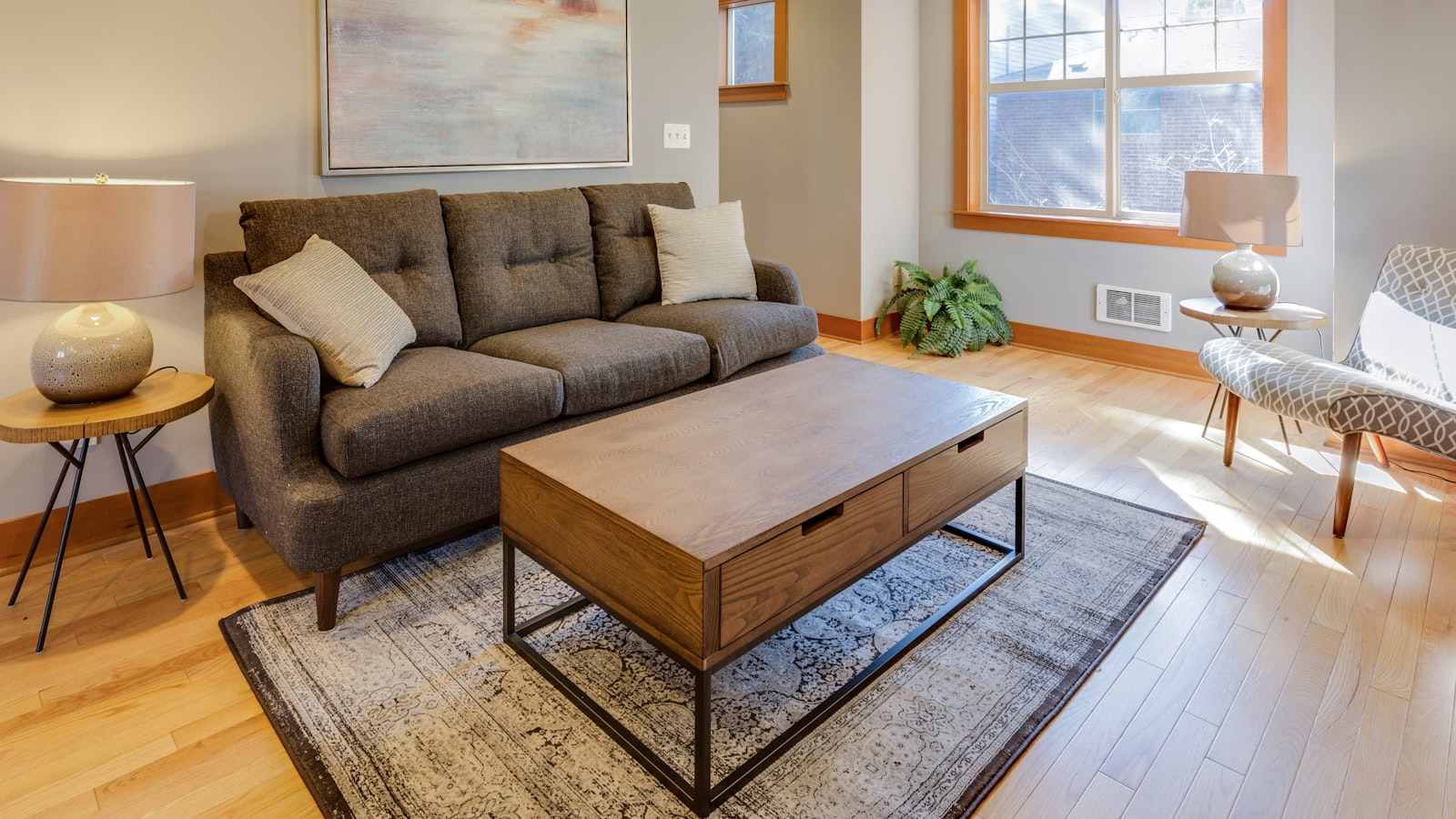
Are Assisted Living Facilities Covered By Medicare?
Are Assisted living Facilities Covered By Medicare? If not, what is assisted living and does it cost money? This article will cover all of the basics of assisted living and what to look for when looking for one. A well-run assisted living facility will focus on quality of life, as well as social engagement and spiritual interests. Safety is also a high priority. It may include security guards and alarm systems. Caregiver teams are on hand to ensure that residents remain safe and happy, as well as help with the daily activities of life.
assisted living facilities
While there are many factors to consider when choosing an assisted living facility, there are some things that you should keep in mind above all else. The most important factor to consider is whether the assisted living facility you are considering feels warm and homey. This is crucial when choosing an assisted living facility because it will determine whether you feel comfortable and safe within its walls. Here are some tips to keep in mind:
First, ask the residents about their experiences. Make sure the staff is friendly and helpful. The living area should be clean, and activities should be varied and fun. Bathrooms should have grab bars for easy access. Ask about the menu, and be sure to sample the food before making a decision. Assisted living facilities should be able to address your specific needs and make them easier to live with. Aside from the amenities, you should also make sure that the assisted living facility is safe and has a comfortable environment.
does medicare pay for assisted living
Does Medicare pay for assisted living facilities? Medicare Part A covers hospital and medical care, but it doesn’t cover custodial services. Assisted living facilities provide a variety of care, including medical coordination, and can help you coordinate your medical care. Part C, also known as an Advantage plan, covers benefits in both Parts A and B, as well as some extras. However, the cost can vary widely depending on your plan.
If you’re looking to pay for an assisted living facility, you can try applying for Medicaid. This program covers the expenses of care for low-income individuals and is available to 75 million people across the country. While Medicare doesn’t cover assisted living facilities, Medicaid does. The application process varies from state to state, and the income eligibility requirements are different in each state. For more information, visit the state’s Medicaid assistance programs or contact the Social Security Administration.
how much is assisted living
The first step in determining how much assisted living will cost your loved one is to find out what government benefits are available. Many programs offer assistance in paying for assisted living, such as Medicaid and disability benefits. The exact amount of these programs can vary depending on your state. For many people, the government benefits they receive will cover the cost of assisted living. For others, however, the cost of assisted living will be a factor in their decision.
The costs of caring for a parent who needs help in daily activities can be costly. Adapting a home for an aging loved one can require a large amount of money, and the primary caregiver may have to reduce or quit their own employment to care for their loved one. The basic monthly cost of assisted living includes the cost of housing, utilities, meals, weekly housekeeping, and transportation to doctor appointments. Some amenities may be extra, so be prepared to pay for those. Additional costs may include hair, beauty and barber services, laundry, and internet.
who pays for assisted living
Most people will pay for assisted living out of pocket, but who pays for assisted living? The federal government, in part, covers the costs through Medicaid, which is a government health-care program for the low-income. Medicaid pays for care in assisted living facilities, but it does not cover the room and board costs for residents. Other government programs, such as Veterans’ Administration (VA) benefits, may cover a portion of the costs.
Long-term care insurance may cover the cost of assisted living, although this option is difficult to acquire and maintain. Other experts recommend funding assisted living through a reverse mortgage, life insurance policy, or annuity. Each method has its pros and cons. For more information, contact an assisted living home representative. There are many ways to pay for assisted living. The following are some of the most common methods:
assisted living vs nursing home
There are several differences between nursing homes and assisted living facilities, and choosing the right one depends on your circumstances. Nursing homes provide round-the-clock medical care, while assisted living facilities are generally less hands-on. Medicare’s Nursing Home Compare website lets you compare nursing homes in your area. In addition, each state regulates and operates their own assisted living facilities. Before choosing either type of care, consult a medical professional and weigh your options.
The difference between nursing homes and assisted living facilities may not be immediately apparent to the public. Typically, assisted living communities provide a variety of services, including custodial care. Some services include assistance with medication management. However, some individuals may find it more challenging to manage their own finances or manage their personal hygiene. To address this problem, you may need to find a nursing home. A nursing home is a great option if the senior is unable to manage their own finances. Assisted living communities can help.










